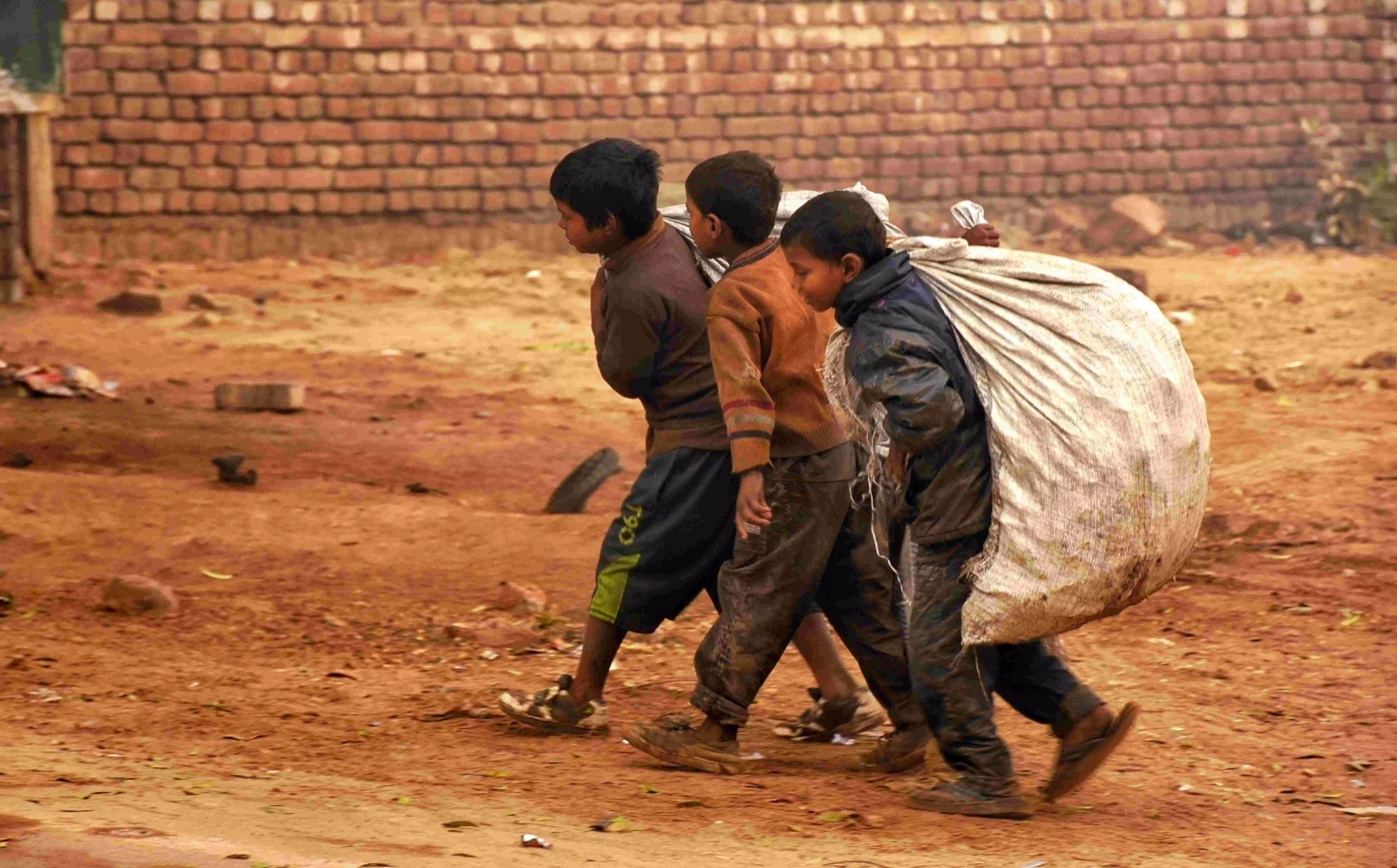Taste of ‘revdi’
The overwhelming appeal of ‘freebies’ might be one of the reasons behind BJP’s victory in states that are home to a large proportion of multidimensionally poor individuals

The election results of the five states — Madhya Pradesh, Rajasthan, Chhattisgarh, Telangana and Mizoram — have given a very clear verdict on how India might vote in future. While the first three states have voted for the BJP, the Southern state of Telangana has voted for the Congress, and in the northeast, BJP’s NDA partner, the ruling Mizo National Front (MNF), has lost to The Zoram People’s Movement (ZPM) which swept Mizoram.
Analysts argue that in recent elections, the political parties have translated the concept of welfare schemes, which refer to support programs run by the government to help the poor and needy, to tools (freebies) that can win them votes. The dictionary meaning of freebie says: something given without charge or cost. This term “freebie” or “revdi” has become very popular in Indian political discourse after Prime Minister Modi slammed the “revdi culture” — or the culture of freebies — in October 2022. Surprisingly, in the recently held elections, the BJP has promised diverse types of freebies in their election manifesto, including 'Modi ki Guarantee 2023', which many analysts believe has helped BJP to win their voters in the Hindi belt — one of the most economically challenged regions of the country.
In this context, it needs to be mentioned that in the ‘2024 Asia-Pacific Human Development Report’, UNDP reminds that India, despite rapid economic growth, grapples with high income and wealth inequality. While the country reduced multidimensional poverty from 25 per cent to 15 per cent between 2015-16 and 2019-21, severe disparities persist, particularly among vulnerable groups like women and informal workers. The report emphasises the urgent need for investments in human development, job creation, and environmental sustainability to address these challenges. It may be recalled that the OXFAM report also said that the top 30 per cent Indians own over 90 per cent of India’s wealth. Additionally, the top 10 per cent own over 72 per cent of wealth, and the richest 5 per cent nearly 62 per cent. In 2020, the bottom 50 per cent of the Indian’s income share was only 13 per cent of national income, and just 3 per cent of national wealth, reports The Wire. Post the pandemic, the inequality has widened.
In such an unequal condition, the distinction between ‘welfare schemes’ and ‘freebies’ gets blurred. Contrary to the common view, freebies help the unsustainable economic model of ‘jobless growth’ to survive by avoiding further disaster. In this piece, we shall analyse the ‘politics of freebies’ from the perspective of various indicators of the Multi-dimensional Poverty Index (MPI), as mentioned in the table, which reveals:
• Headcount ratio (H), which provides the proportion (percentage) of multi-dimensionally poor individuals in the population, in Madhya Pradesh, Chhattisgarh and Rajasthan — the three states where BJP has won — is higher than the national average. The same is true for other important indicators of these states, like nutrition, child and adolescent mortality, maternal health, cooking fuel, drinking water, housing and assets. The ‘asset’ indicates that the household does not own more than one of these assets: radio, television, telephone, computer, animal cart, bicycle, motorbike or refrigerator, and does not own a car or truck.
• For Telangana, where Congress has won, all the indicators have much lower value (indicating lower deprivation) than the national average. But in the case of maternal health, during the five years of the study period, the proportion of deprived population has increased to 13.2 per cent from 10.9 per cent. In Mizoram, ‘asset’ is the only indicator which has higher value than the national average. And in the case of housing, during five years of the study period, the proportion of the deprived population has increased to 30.7 per cent from 24.1 per cent.
High proportion of multi-dimensional poverty in MP, Rajasthan and Chhattisgarh made BJP’s women centric schemes like Ladli Behena Yojana, promises for free food, subsidized LPG, visit to Ram Mandir and Pradhan Mantri Awas Yojana (PMAY) very popular. The promise of ‘double engine government’ got ready takers in the multidimensionally poor population of these three Hindi speaking states.
Views expressed are personal



